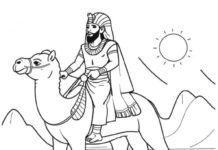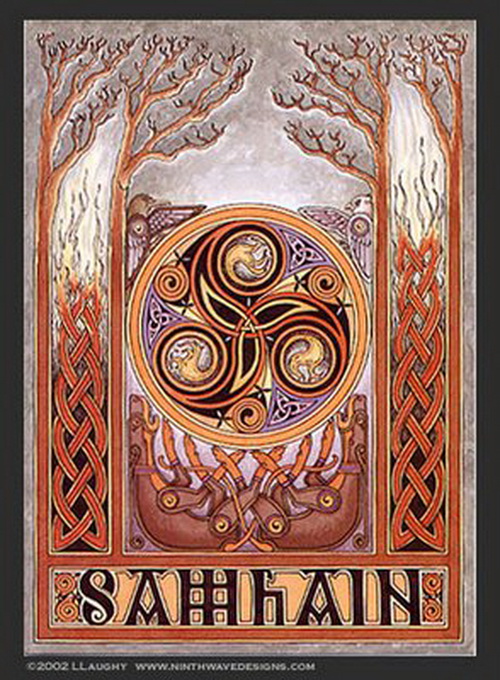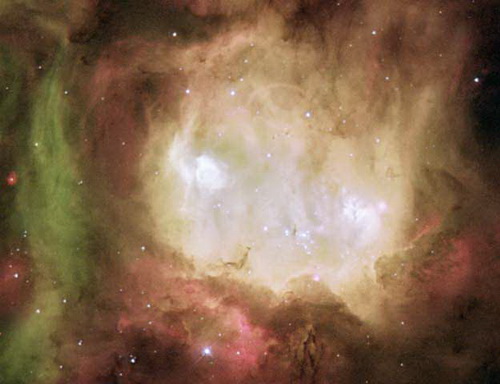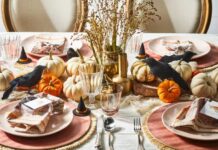Halloween is one of the world’s oldest holidays.Like many other holidays, Halloween has evolved and changed throughout history. The History traces Halloween back to the ancient pagan religion of the people called Celtics in Ireland, the UK, and parts of Northern France(British Isles) . Over 2,000 years ago, November 1 was their New Year’s Day. But it is celebrated today by more people in more countries than ever before. there’s a simple reason: it is fun and it is good, clean, harmless fun for young and old alike! The festival celebrated by Celtic people was called Samhain. Which means “summer’s end” The festival marked the beginning of the dark winter season. And was celebrated around November 1. The Celtic people were very conscious of the spiritual world .
They believed that the night before the New Year (October 31) was a time that the souls of the disembodied spirits of all those who had died throughout the preceding year come back to earth to visit their families , back in search of living bodies to possess for the next year.so the living and the dead came together.It was believed to be their only hope for the afterlife. It was their afterlife or Panati.
The Celts left food at their doors to encourage good spirits .
People worried that evil spirits would cause problems or hurt them. all those living used to extinguish fires in their homes and make them cold and undesirable. on that night people wore in ghoulish costumes that looked like ghosts or other evil creatures. They thought if they dressed like that, the spirits would think they were also dead and not harm them. and made noisy parades as a way to discourage and frighten away these spirits. The Celts believed all laws of space and time were suspended during this time, allowing the spirit world to intermingle with the living.

In the 800’s, the Christian church established a new holiday, named November 1 All Saints Day (also called All Hallows.) It is an important date on the Catholic calendar, a time to observe and honor saints and other people who died for their religion.
Hallow means saint, or one who is holy. The evening before All Hallows’ was known as All Hallows’ Eve, or as it came to be abbreviated, All Hallow e’en. This name was eventually derived and shortened to Halloween. Latter People began to call November 1st as a holy or “Hallowed” day.
The tradition of Halloween was carried to America In the 1840’s, by the immigrating Europeans(especially the Irish immigrants ).
Some of the traditions have been changed a little, though. The Romans who invaded England added a few of their own traditions to the celebration of Samhain. On Halloween in Europe some people would carry lanterns made from turnips. In America, pumpkins were more common. So people began putting candles inside them and using them as lanterns. That is why you see Jack ‘o lanterns today.

Over the centuries, as people became less believing in the supernatural, the practices became more ritualized. But the fact is that we don’t actually know where Halloween costumes came from or even the real practice of trick-or-treating which might begun in early 20th century America. Since much of the history of Halloween wasn’t written down for centuries.These days Halloween is not usually considered a religious holiday. It is primarily a fun day for children. Children dress up in costumes like people did a thousand years ago. However people still enjoyed dressing up as: hobgoblins, ghosts, and witches. This became increasingly more ceremonial.








































